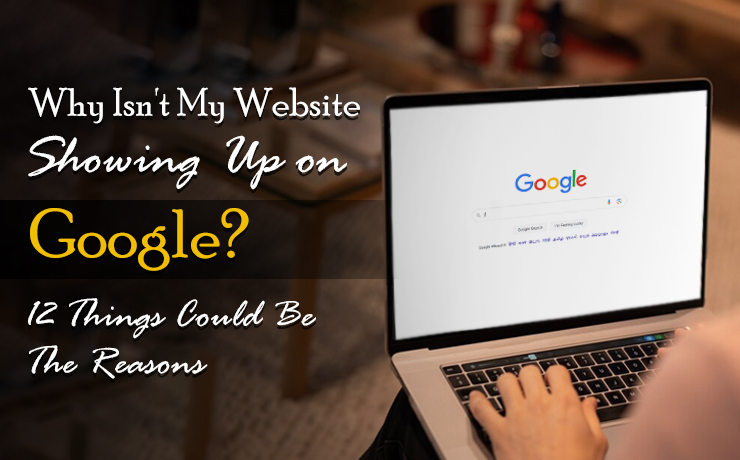What Does Google Quick Answers Mean for Your SEO?

Chad Faith
Director of Content

Google’s ‘Quick Answers’ results are boxes of information that appear on the search results pages right above organic results, but below advertising. These results are pulled straight from other websites but are displayed to the user without them having to actually click on links to navigate away from Google.
To demonstrate, if you search for ‘symptoms of mercury poisoning’, a box will appear showing information from ’emedicinehealth.com‘ listing the most common symptoms. Reportedly, these snippets now also show images.
Other Examples
This is actually only one example of Google delivering ‘quick information’ or ‘curated’ information. They also have an ‘In the News‘ section for instance, which shows information and images from news sources on related topics – but even pulls from Reddit as a source.
Search for ‘Muscle Building’ and you’ll find something else crop up in the results too: ‘In-Depth Articles’ such as this one, listed half-way down the page. It seems that Google have developed some impressive tools for identifying the type of content on our pages and then using that information to ‘curate’ and highlight suggested results.
But what does all this mean for SEO?
The Downside of ‘Quick Answers’
On the one hand, the ‘Quick Answers’ box specifically has some obvious downsides. That is to say, if Google are showing quick answers on the page, there’s no longer a need for users to click off that page and to examine the site itself. That’s great news for Google, but not such good news for webmasters who will thus be losing visitors and profits. You can try and prevent Google from showing your content in their quick answers, but if you do that then the information is still going to show from other sites and that will still prevent visitors from needing to click on your content. At least if you can get into Quick Answers, you can benefit from the appearance of being a high authority source.
In the News and In-Depth Articles
Fortunately, ‘In the News’ posts are more likely to get clicked, as they are seen as only a short snippet of a larger story will be shown. If you can get your posts to show here, you might well increase your CTR considerably as a result of getting ‘featured’.
The same is true for ‘In-Depth’ articles, though it’s worth considering in both these cases that the other listings on the page might suffer as a result. If you’re not the ‘In-Depth’ result but there’s one below your link, you might lose some traffic to them.
Google have provided some advice on becoming an ‘In-Depth Article’ but it focuses much more on content than structure.
The best strategy then is to look at the examples that Google chooses and to study them carefully. Even if you don’t manage to get your site highlighted, this is a great way to find out what Google is currently looking for from a website and to thereby potentially pick-up some good practices for developing your own content and site layouts. This is the main benefit of Google choosing to ‘highlight’ particular content, so stop worrying about lost clicks and start examining your successful competition to win the clicks back!
 Free
Consultation
Free
Consultation Free
Google Ads Audit
Free
Google Ads Audit







